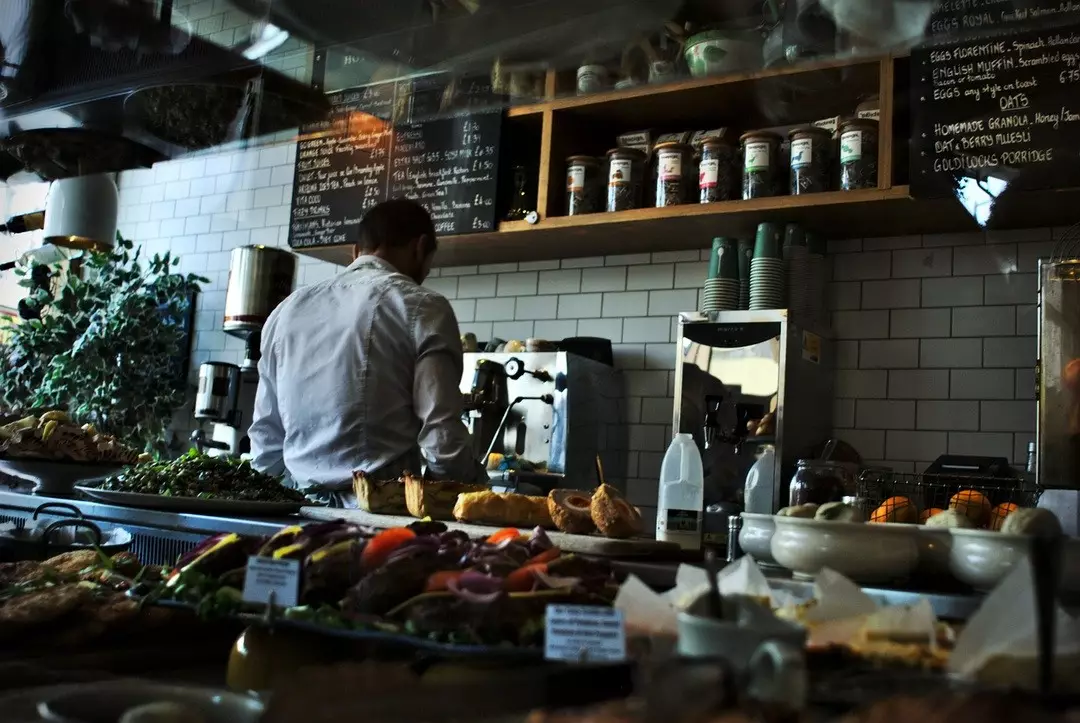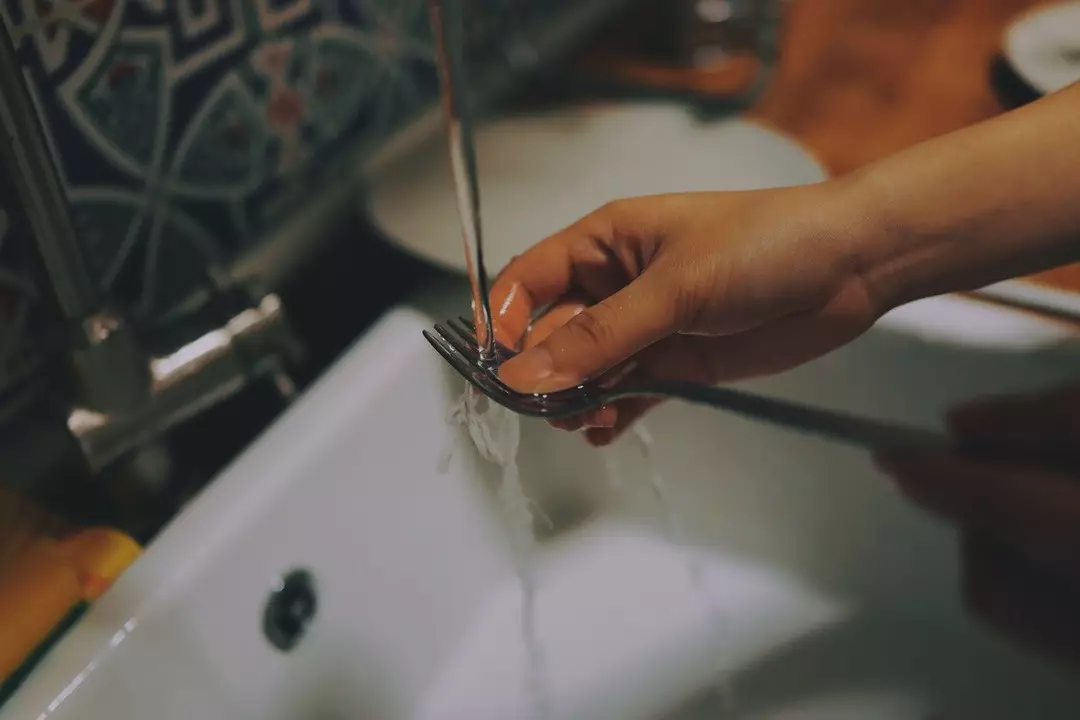Slips and Falls: Preventative Steps for Restaurants

In 2009, the restaurant industry reported more than 50,000 injuries. Nearly one-quarter of these injuries were the result of same-level slips. However, research suggests that with the right precautions, equipment and training most slips and falls that happen in restaurants can be easily prevented. Given the high cost of service industry slips and falls, both to employees and employers, the ROI for slip and fall prevention training is also high. Today’s post examines some of the common reasons slips and falls occur in restaurants, how to prevent them, and how to institute a slip and fall prevention program in an affordable manner.

Common Causes of Slips and Falls in the Restaurant Industry
It is no surprise that Liberty Mutual, one of the nation’s largest insurance companies, has carried out extensive research on slips and falls. After all, insurance companies are invested in preventing accidents too, and slips and falls are a major source of accidents, especially in the service industry. One 1995 study reported that slips and falls are the most costly workers’ compensation claims due to the fact that they typically result in injuries that take workers off the job for extended periods of time. Liberty Mutual’s researchers also report:
- Up to 32% of restaurant employees have reported taking time off work due to a slip.
- Objective measures reveal that certain conditions make slips more likely, including choice of floor surface and floor cleaner.
- Many slips and falls are never reported, leaving the hazard in place; low reporting is thereby also part of the slip and fall problem.
- Using slip-resistant shoes can reduce slips by 54%.
- While not discounting objective measures, Liberty Mutual reports that employees’ perceptions that they are likely to slip at work strongly correlate to slip and fall rates in their workplace.
Preventative Steps
Wet or slippery surfaces are a major cause of workplace slips and falls. In addition, polished floors are a common culprit. Moreover, regardless of the surface, areas near coolers/freezers, sinks, and stoves are all high risk. To ensure your employees are protected, take the following steps:
- Install slip-resistant flooring or use a slip-resistant treatment (e.g. acid etching or an epoxy-containing gritty particle).
- Use anti-skid mats near high-risk areas.
- Adopt absorbent matting in entrance ways.
- When spills happen, clean them up immediately.
- Use guards to eliminate water spillage near sinks.
- Train staff to walk rather than run, even when rushing to fill orders.
- Cut the grease…it’s a major cause of slips in restaurant kitchens.
- Post warning signs when there are wet or freshly polished floors present.
- Require all employees (kitchen and floor staff, including servers) to wear slip-resistant shoes; cover the cost of these items (e.g,. consider slip-resistant shoes part of your business’s required PPE or protective personal equipment).
- Post a written policy on spill management in a clearly visible area in your kitchen.
- Don’t forget about your customers–ensure your floor and outside surface areas are also free of hazards.
Other major sources of slips and falls in the service industry are unmarked slopes and insufficient lighting. While seemingly minor, unmarked slopes can catch staff by surprise. Likewise, the inability to properly see potential hazards is reportedly a major cause of slips and falls.

Why Training Matters
Training employees to take precautions against slips and falls can make a notable difference. While there are many ways to approach slip and fall training, three elements are key:
- Washing: It’s critical that restaurants keep their kitchens clear but it is also critical that cleaning doesn’t compromise safety. Installing slip-resistant floors and using cleaning solutions designed to minimize slippage is important.
- Safety cones and warning signs: If there is a wet surface, provide a warning (e.g. a safety cone or sign). This is the lowest cost way to lower slips and falls in kitchens.
- Slip-resistant shoes: Make slip-resistant shoes required for all staff from chefs, prep cooks and dishwashers to hosts, busers, bartenders and wait staff. In short, anyone who is going to enter the kitchen, bar or any other high-risk area should be fitted with slip-resistant shoes. In other words, like a welder’s gloves and helmet, make slip-resistant shoes required rather than optional PPE in your establishment.
For more on slips and falls, see eLeaP’s safety training videos.
- How You Can Assess The Effectiveness of Your Training – Kirkpatrick Model
- See how to Train People Who Don’t Want to Be Trained – Barriers to Training
- Download our The Strategic Value of Workplace Training and Development white paper
- mLearning for Low Wage Workers